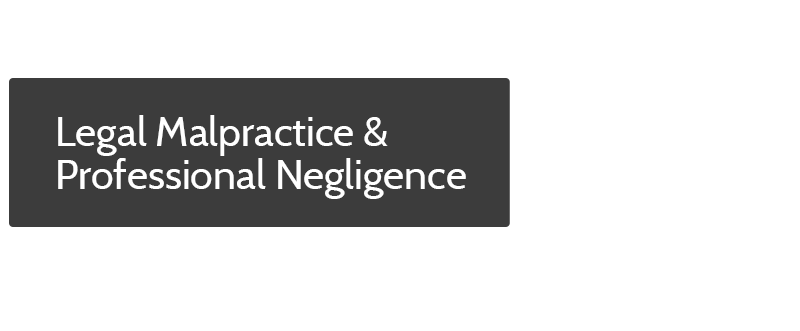The Importance of “Causation” in Products Liability Cases
THE PLAINTIFF HAS THE BURDEN OF PROVING CAUSATION
Generally speaking, the plaintiff in a product liability/strict liability action must prove that a defect in the defendant’s product caused the injury. The plaintiff does not have to prove that the defendant was negligent (unless, of course, negligence is also being pled).
THE PRODUCT’S DEFECT MUST BE THE LEGAL CAUSE OF THE PLAINTIFF’S INJURY
In order for a plaintiff to prevail in a strict liability action–whether the action claims a manufacturing defect, defective design, or a failure to warn–the product’s defect must be the legal cause of the plaintiff’s injury.
While the defect doesn’t have to be the only responsible factor, the defect must be a “substantial factor” in causing the plaintiff’s injury, in order for the defendant to be legally liable under any strict liability theory.
Courts will not hold a manufacturer liable in strict liability–even if the product was defective–if the defect didn’t cause the injury.
Also, defendants may attempt to claim that an intervening superseding cause was actually responsible for the injury the plaintiff suffered, thereby reducing or eliminating the defendant’s liability. For example, if a plaintiff was injured in a high-speed automobile accident during which the seat belt in the car malfunctioned, the defendant might attempt to claim that the speed and force of the collision would have caused the plaintiff equivalent injuries, even had the seat belt functioned as intended.
A PLAINTIFF’S MISUSE OF A PRODUCT MAY GIVE THE MANUFACTURER A DEFENSE
DISCLAIMER: This article is intended for informational purposes only, does not constitute legal advice to any person or entity, and does not create an attorney-client relationship with any person or entity. The law, and personal injury/products liability in particular, are complex legal topics, and no single article can provide complete or comprehensive coverage or information about this or any other legal topic or issue. Your personal rights, claims, and/or liability may differ, based on your individual facts and circumstances. Do not rely on this or any other online article, to advise you of your legal rights. If you believe you have a legal claim or issue, or wish to know more about your individual rights, consult an experienced attorney without delay.














